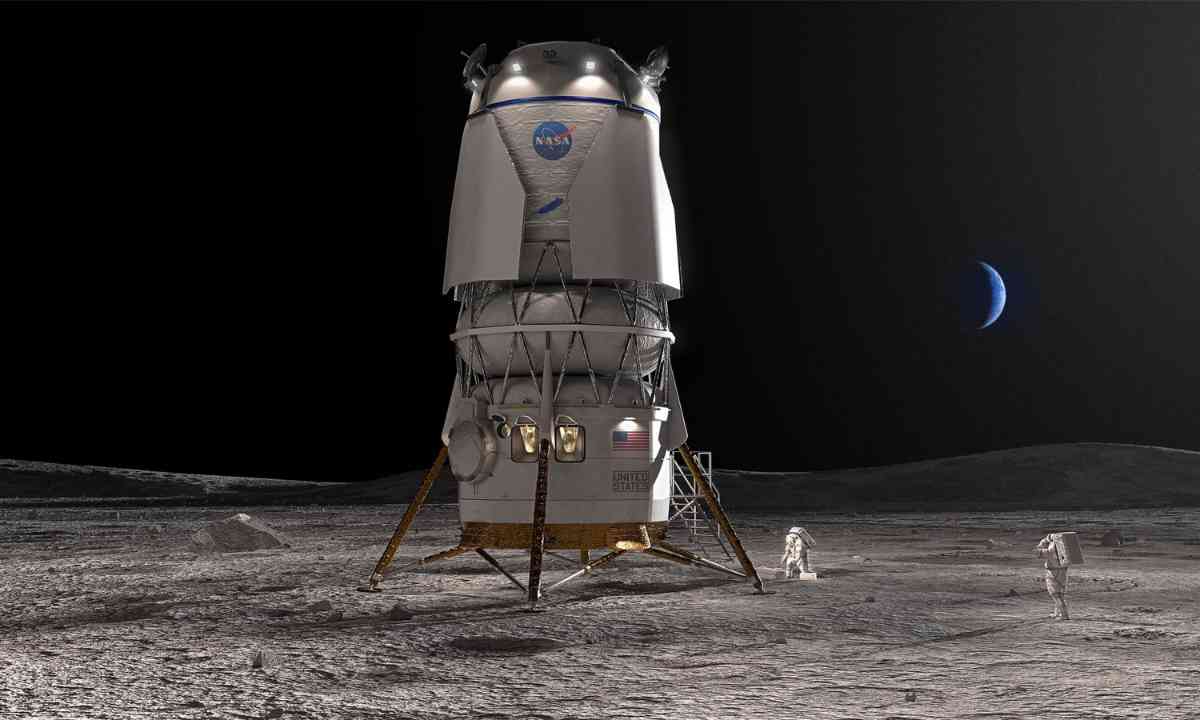Jeff Bezos' Blue Origin has secured a significant $3.4 billion contract from NASA to construct a spacecraft that will transport astronauts to and from the moon's surface. This achievement comes after Blue Origin lost a similar competition to Elon Musk's SpaceX two years ago. To develop the 52-foot tall Blue Moon lander, Blue Origin plans to collaborate with Lockheed Martin Corp, Boeing Co, Draper, and Astrobotic.
NASA's decision to select Blue Origin provides an additional option for sending astronauts to the moon as part of the Artemis program. In 2021, NASA awarded SpaceX a $3 billion contract to build the Starship spacecraft for lunar landings, with the first missions expected to take place in the coming years. Bill Nelson, the NASA Administrator, expressed his enthusiasm for having multiple options, emphasizing that it enhances reliability and provides backup capabilities. This contract aligns with NASA's recent approach of funding private companies for spacecraft development and subsequently utilizing those vehicles for missions rather than owning them outright.
John Couluris, Blue Origin's lunar land chief, reveals that the company's investment in spacecraft development exceeds the previously stated $3.4 billion amount Honour clarified that Blue Origin, not NASA, will be responsible for covering any cost overruns. Jeff Bezos, the billionaire founder of Blue Origin, expressed his honour and excitement about the project on Twitter, emphasizing their commitment to establishing a long-term presence on the moon.NASA selected Blue Origin's proposal based on its lower price, additional lander capabilities, and a plan to conduct two test landing missions on the moon in 2024 and 2025 at the company's expense. However, NASA did raise concerns about schedule conflicts and omissions in Blue Origin's proposal. The competing bid led by Dynetics, which included Northrop Grumman Corp, faced concerns regarding technical requirements and had a substantially higher price.
In the Artemis program, SpaceX's Starship lander will be responsible for executing the initial two astronaut moon landings, with a subsequent mission in 2029 utilizing Blue Origin's lander. Each mission is expected to involve two astronauts landing on the moon's surface. This announcement marks a significant milestone for Blue Origin, which has invested billions of dollars to compete with SpaceX in the space industry. After losing the previous competition, Blue Origin made unsuccessful attempts to challenge NASA's decision through a watchdog agency and the court system. Both Blue Origin and U.S. lawmakers had urged NASA to consider a second lander option. The Artemis program's initial moon trips will involve NASA's Space Launch System rocket launching astronauts toward the moon using the Lockheed-built Orion capsule. The Orion capsule will dock with SpaceX's Starship lunar lander. During Blue Origin's mission, the planned space station orbiting the moon will serve as a docking point for the Orion capsule and Blue Moon lander. The astronauts will then transition between these vehicles before descending to the surface of the moon.
© Copyright 2023. All Rights Reserved Powered by Vygr Media.
























